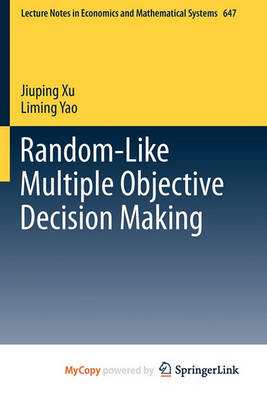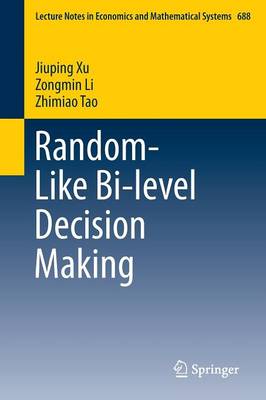Lecture Notes in Economics and Mathematical Systems
2 primary works
Book 647
What are the random-like phenomena that can be found everywhere in real-life world? When carrying out a random sampling survey on the traffic situation, we often obtain some descriptive results such as approximately expedite, a little crowded and so on, therefore, the average level should be regarded as the random fuzzy phenomenon, which is one of the random-like phenomena. Decision makers usually need to make the decision for these problems with random-like phenomena. Which model should be constructed for them? How should we handle these models to find the optimal strategy? How can we apply these models to solve real-life problems with random-like phenomena? In order to answer these questions, this book provides an up-to-date methodology system 5MRP for random-like multiple objective decision making, which includes problem system with random-like phenomena, model system with random-like coefficients, research system with random-like uncertain methods. Some practical applications are also provided to illustrate the effectiveness of the proposed methodology system. Researchers, practitioners and students in systems science, economics, mathematics, information, engineering and MS/OR will get a lot of useful references from this research monograph.
Book 688

